If someone taped over the badges on a 2022 Toyota GR86 and 2022 Subaru BRZ, would you be able to correctly identify which is which? The front ends are different, but it’s not like one obviously says “Toyota!” and the other “Subaru!” If you swapped badges, would anyone notice? Around back, the 86 has a little extra spoiler bit grafted onto its trunklid, but that’s it, and best I can tell, the only other difference is the wheels: they’re exactly the same size and design, but the Toyota’s are black while the Subaru’s are dark gray. Clearly, not a lot of money was thrown at the design department here. I’m not even sure Subaru cared to weigh in.
But what about driving them? In a stroke of car-scheduling luck, my loans of the GR86 and BRZ would overlap a day, granting me a chance to drive both back-to-back. Now, “back-to-back” is a relative term. Because I’m a lone wolf out here in Oregon, I didn’t have another editor available to drive out to some point on a mountain road and easily swap between cars on a section most likely to reveal differences. I’d have to make the 30-minute shlep each way between sampling both cars. I was expecting this to be a problem, that the subtle nuances between the twins would be awfully difficult to detect without literally jumping in and out, in and out. Like trying to differentiate a winery’s two Pinot Noirs an hour apart.
Turns out, all I needed to do was drive 20 yards from the front of my house and turn right onto the crumbling pavement of the next street. It was immediately noticeable: the GR86 has a firmer ride. I could feel every ripple and bump, especially at lower speeds, and after three blocks, I deemed it tiresome. The BRZ is firm, sure, cause it’s a sport coupe, but there’s just enough compliance that I never really noticed those same bumps – and for the record, I drove the Subaru first. Once out on that aforementioned mountain road, the Toyota remained less compliant when hitting bumps, which is not only a problem for your spine, but is also an issue in terms of maintaining chassis composure. Unless you’re on some glass-smooth ribbon of asphalt, a firmer suspension can actually be worse, and in this case, the GR86 was. At the same time, if this suspension tuning makes the Toyota quicker around a track, I wouldn’t be surprised, but it’s not an advantage I could detect in this exercise. Maybe if I could literally go back-to-back, but as suspected, we’re talking subtle Pinot Noir differences here in terms of handling. The ride? Obvious as going between a Rose and a Merlot.
So what’s the deal? I double checked the wheel size, tire type and tire pressures – all equal. I drove on the exact same roads in the same conditions. A difference in transmission shouldn’t affect it, either (more on those soon). That leaves chassis tuning, and they are in fact different.
“The Subaru suspension has stiffer front springs and softer rear springs,” wrote contributing editor Joe Lorio in his BRZ first drive review. “It also has aluminum knuckles rather than cast iron, a hollow rather than solid front antiroll bar, and a rear antiroll bar that’s mounted directly to the body rather than to the subframe. Subaru claims they tuned their version more for precision, while Toyota prioritized responsiveness.”
That shakes out. Considering that Subaru took the engineering lead for the twins, it seems to me that the BRZ is how it was meant to be. It’s certainly the one I’d buy and recommend.
Yet this isn’t just a comparison of the BRZ and GR86. The two cars had different transmissions, both supplied by Toyota, and both available on each model. The BRZ test car had the six-speed manual transmission, and I drove that first – both on the day in question and throughout the week prior. This’ll come as a shock, but this automotive journalist preferred the car with a manual. It’s an easy enough clutch to modulate, with a precise engagement and a pedal effort that won’t fatigue your leg too badly in traffic but that is hefty enough to feel appropriate for a performance application. There is no automatic rev-match functionality, but the pedals are placed close enough that heal-toe downshifts are easy. The throttle is also well-calibrated for the task. The shifter is similarly precise, with a mechanical feel.
As for the automatic, it’s better suited to a performance application than what you can get in the Miata. It does a much better job of quickly downshifting when aggressively getting back on the throttle, or when you hit the brakes leading into a turn. Of course, you do need to engage the car’s Sport mode for those reflexes to sharpen, along with increased throttle response. This mode does not alter steering, and also is not offered nor needed with the manual.
Although I’m usually quite happy to let an automatic transmission do its thing on a mountain road, I found myself using the paddles in the GR86. Not because of any reaction deficiency, but because the car is just zestier when at higher RPM. Even in Sport mode, the automatic would upshift in straighter bits when I wasn’t on the throttle, resulting in an engine speed south of 3,000 rpm. By contrast, I was usually moving along in the 4,000 to 5,000 range with the manual, which sounds and therefore feels more exciting, and puts you closer to the surprisingly sweet-sounding upper range of the new 228-horsepower 2.4-liter boxer-four. Using the automatic’s paddles achieved this.
And speaking of the new engine, it really is a massive improvement. The old 2.0-liter had a mid-range torque dip so obvious that it’ll forever serve as the definitive example of “mid-range torque dip.” That same 3,000 to 5,000-rpm rev range I was living in with the new car during much of my drive would’ve been a real soggy bag of salad in the old Toyabaru twins. There’s also appreciably more low-end torque (184 pound-feet versus 156, and it arrives 2,700 rpm sooner), and no matter where you are on the tach, it sounds less gravelly and, well, Subaruish. There will forever be those who beg for a turbocharger, but it’s just not necessary now – at worst, no more so than it is in a Miata.
So, what did I learn? The manual is still the way to go, but the automatic isn’t so sad. Let’s not be gatekeepers to people buying fun cars. Most surprisingly, though, is that the Subaru BRZ is so obviously a better choice. Now, I leave open the possibility that the firmer-riding Toyota may be better on a glass-smooth track, but then, the Subaru’s suspension differences also include elements that could theoretically benefit handling as well. Guess I’ll just need to live closer to that mountain road and run this back again some time.
Related Video:
Source : AutoBlog



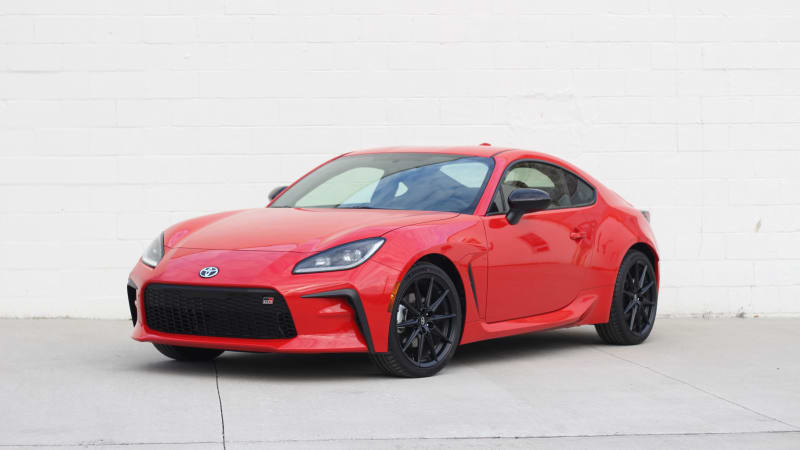
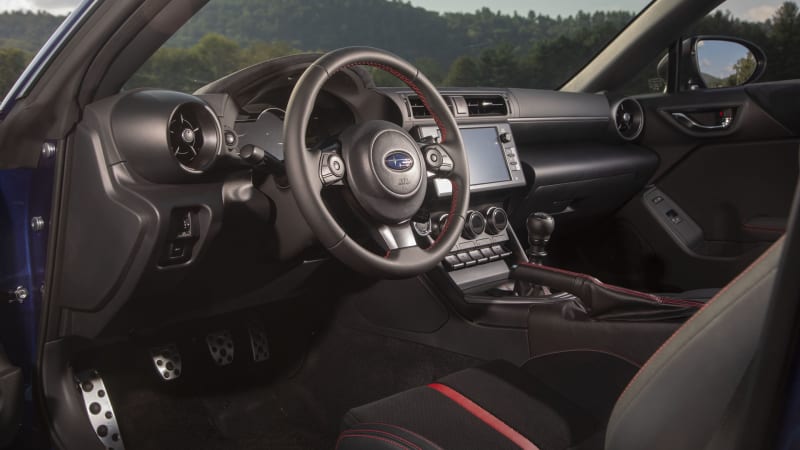
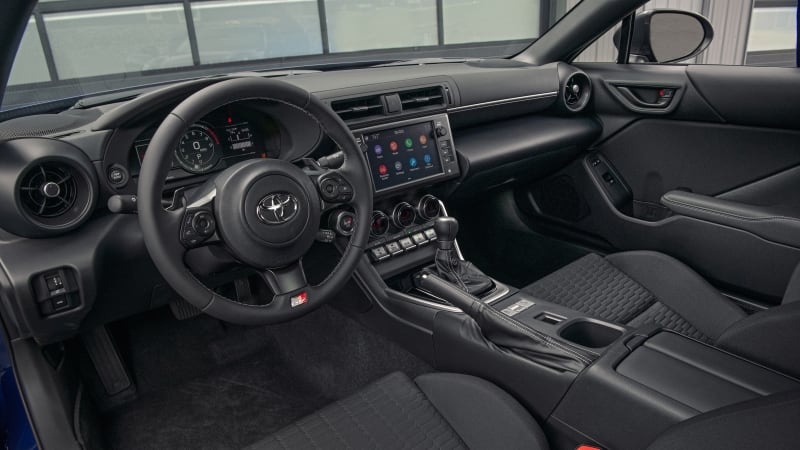
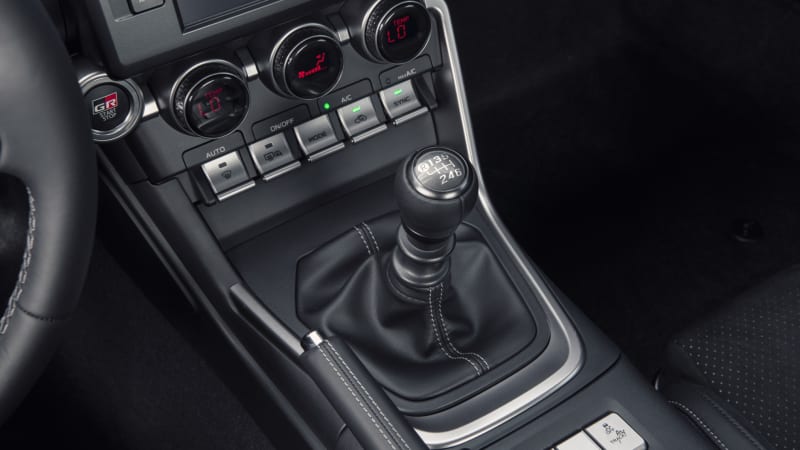
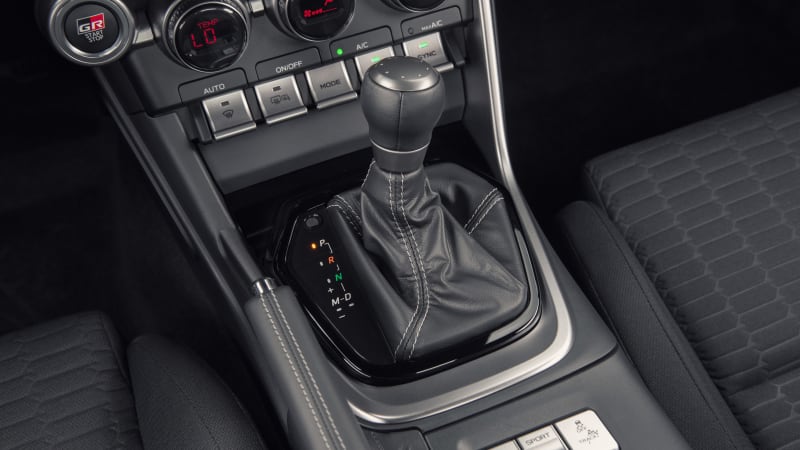

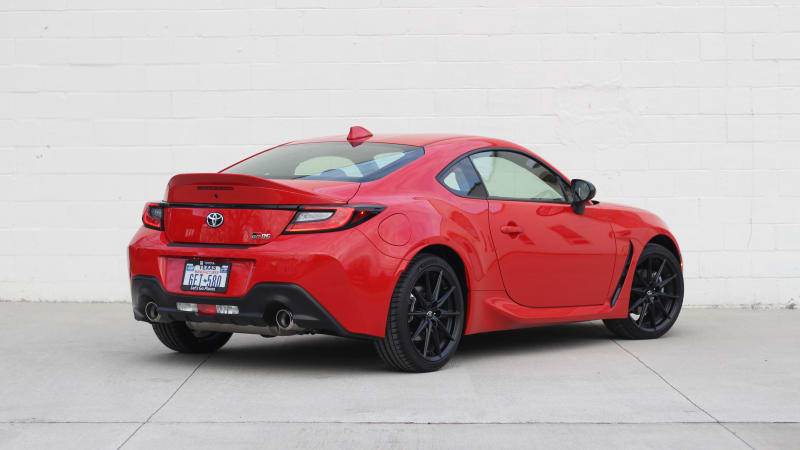











_0-100x70.png)